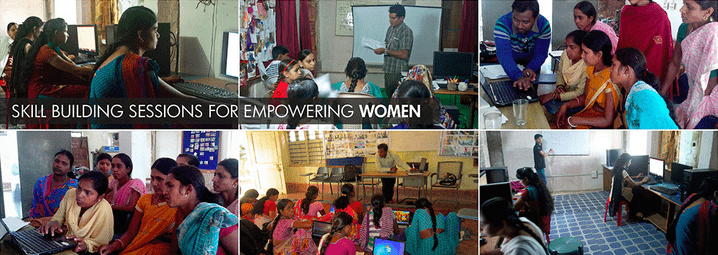Is Internet connectivity enough? A growing body of data suggests that it isn’t. At the 52nd APEC TEL meeting in Auckland last week, member economies have started to shift the conversation to boosting online adoption, or what people do once the Internet becomes available.
The gap between access and use is being felt in advanced economies like New Zealand, where 96% of enterprises are connected to the Internet but only 50% have an online presence, and just 38% have a website. To improve this, TUANZ, an organisation of telecoms users in New Zealand, has launched a 10-minute online assessment tool that businesses can take to gauge how digitally mature they are. The test, which industry groups can re-brand for their own members, subsequently offers tailored strategies to help businesses enhance their operations through the Internet.
These measures are crucial amidst increasing evidence that the Internet’s biggest benefits go to non-ICT sectors. A study by Innovation Partnership among businesses in New Zealand for instance has found that firms that use the Internet regularly were 73% more productive than those that use the Internet less in the same industry. Many of these companies are going online to find new customers, improve their data collection and customer service, and move their work processes to the cloud.
Such opportunities are even more significant for micro and small enterprises in marginalised sectors. The Internet Society’s Wireless Women for Entrepreneurship and Empowerment (W2E2) programme, a component of our Wireless for Communities project, has witnessed former trainees—housewives, students, farmers and workers—set up their own e-services shops, take up work-at-home jobs, and transition to higher-value businesses, such as organic farming.
We focus on women for a number of reasons: Entrepreneurship is a surefire way to build women’s confidence and skills, elevate their socio-economic status and engender financial independence. Yet just some 30% of SMEs around the world are owned by women: A lot more are unaccounted for, as the majority, especially in developing countries, operate informally, and often do not grow beyond subsistence level.
The biggest obstacle by far is funding. The World Bank, for instance, estimates that women-owned businesses have unmet financial needs of up to $320 billion each year. Gender-based barriers in no small part restrict a woman’s ability to utilise these resources. In developing countries, women are still less likely to have borrowed through formal means—and more likely to have availed of loans using riskier, if not exploitative, instruments. Others also have local customs that continue to deny women the right to inherit property, which they can use as collateral.
ICT-enabled tools can help to change this. Crowdfunding and peer-to-peer micro-lending let aspiring innovators and entrepreneurs raise money from other Internet users to get their ideas off the ground. With mobile money, banks and other providers are starting to use subscriber behaviour to assign them a corresponding credit score.
Other online platforms can guide women through the stages of entrepreneurial setup. Cause-based groups in Malaysia, for instance, are using ICTs to link women entrepreneurs with business counselors. Websites like Coursera and Udacity have a growing repository of free or inexpensive business courses that students can complete remotely and at their own pace. Even video-sharing sites like YouTube have on-demand webinars on practical topics like business plan development.
Social media and instant messaging apps can help women join or even establish peer to peer groups which can offer further assistance in setting up their businesses. Studies have found that business networks—which are traditionally male-dominated—are crucial to building women’s social capital, which in turn gives them better access to more diverse credit options, as well as clients and suppliers.
Taken together, these channels can help women overcome ‘time-poverty’ which comes from having to juggle multiple roles at home and at work, as well as possible restrictions to physical mobility. In countries where women continue to face a high risk of harassment outside the home, the Internet can allow them to conduct business more flexibly in the location of their choice.
Women in Asia-Pacific are the world’s fastest growing category of migrant workers. Providing opportunities for women in their own communities would reduce the necessity for them to uproot themselves to work in cities or abroad, while bringing about more even economic development, which could in turn stem the tide of rapid urbanization in many countries in the region.
Doing this, however, requires an overall conducive environment for e-entrepreneurship, starting with affordable and reliable Internet connectivity. Platforms that expedite business transactions with government, such as one-stop shops with instructions and forms that can be downloaded and submitted online, can also encourage women to formalise and scale-up their enterprises.
Integrating women-led businesses in supply chains and even procurement programmes could be another step forward. In Kerala in India, for instance, the state government has outsourced data entry and IT maintenance work for its transport and tax bureaus to local collectives, which helps to sustain some 60 women-led enterprises. More broadly, a comprehensive system of support, from women’s desks in agencies that deal with MSMEs, to literacy programmes that help build women’s confidence with ICT tools, will help to ensure that the positive impact of the Internet is spread out more inclusively to entrepreneurs of all sizes in the Asia-Pacific.
If you would like to help expand opportunities for women online, please join the Internet Society as a member and get connected to efforts in your region.

